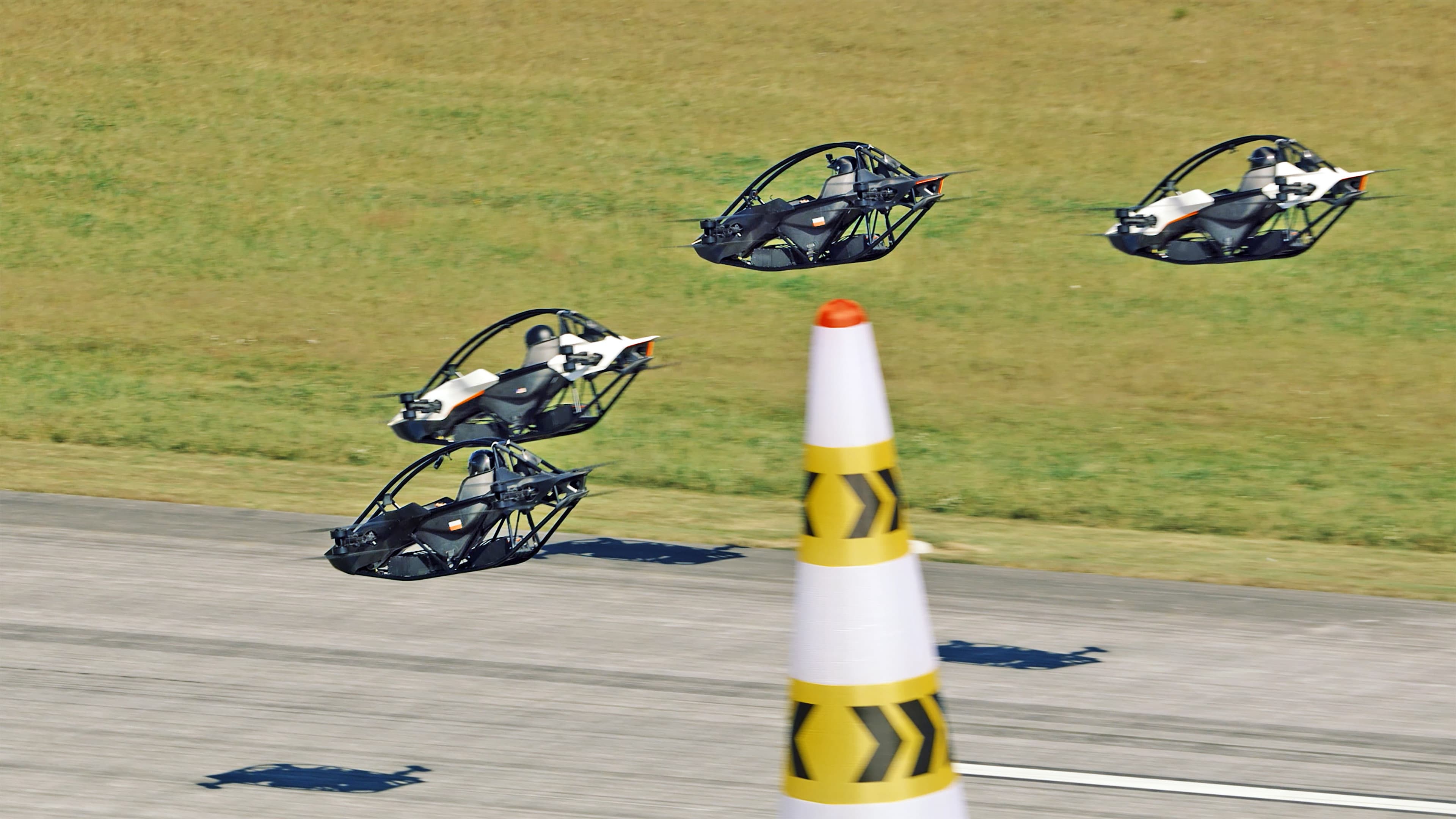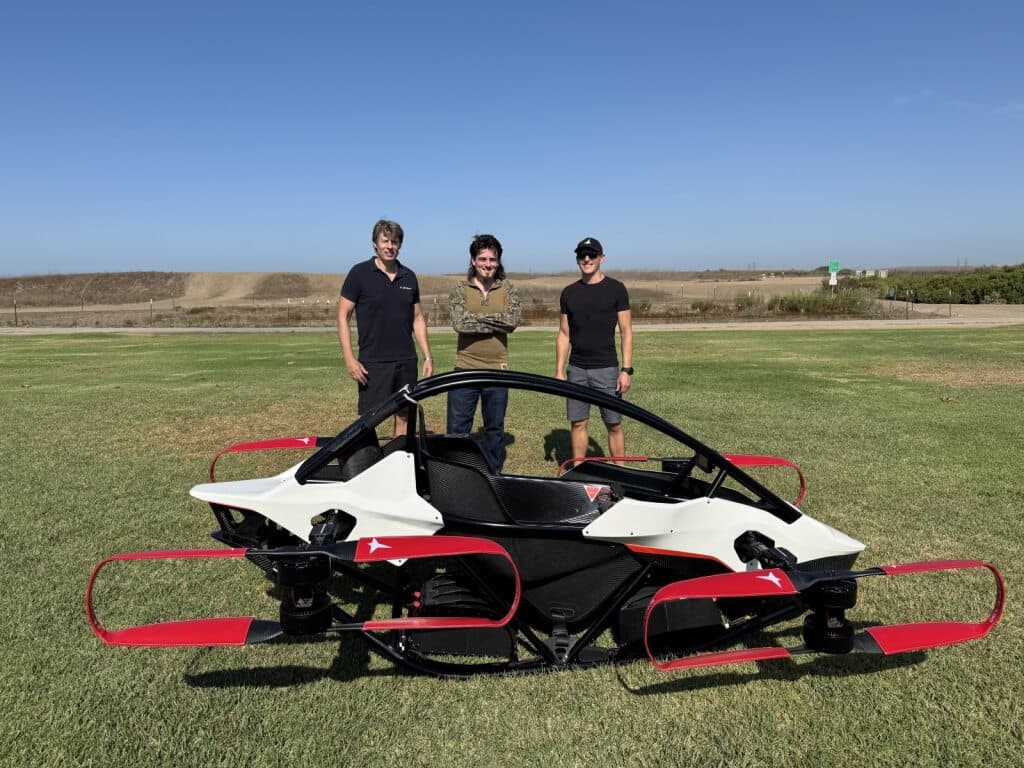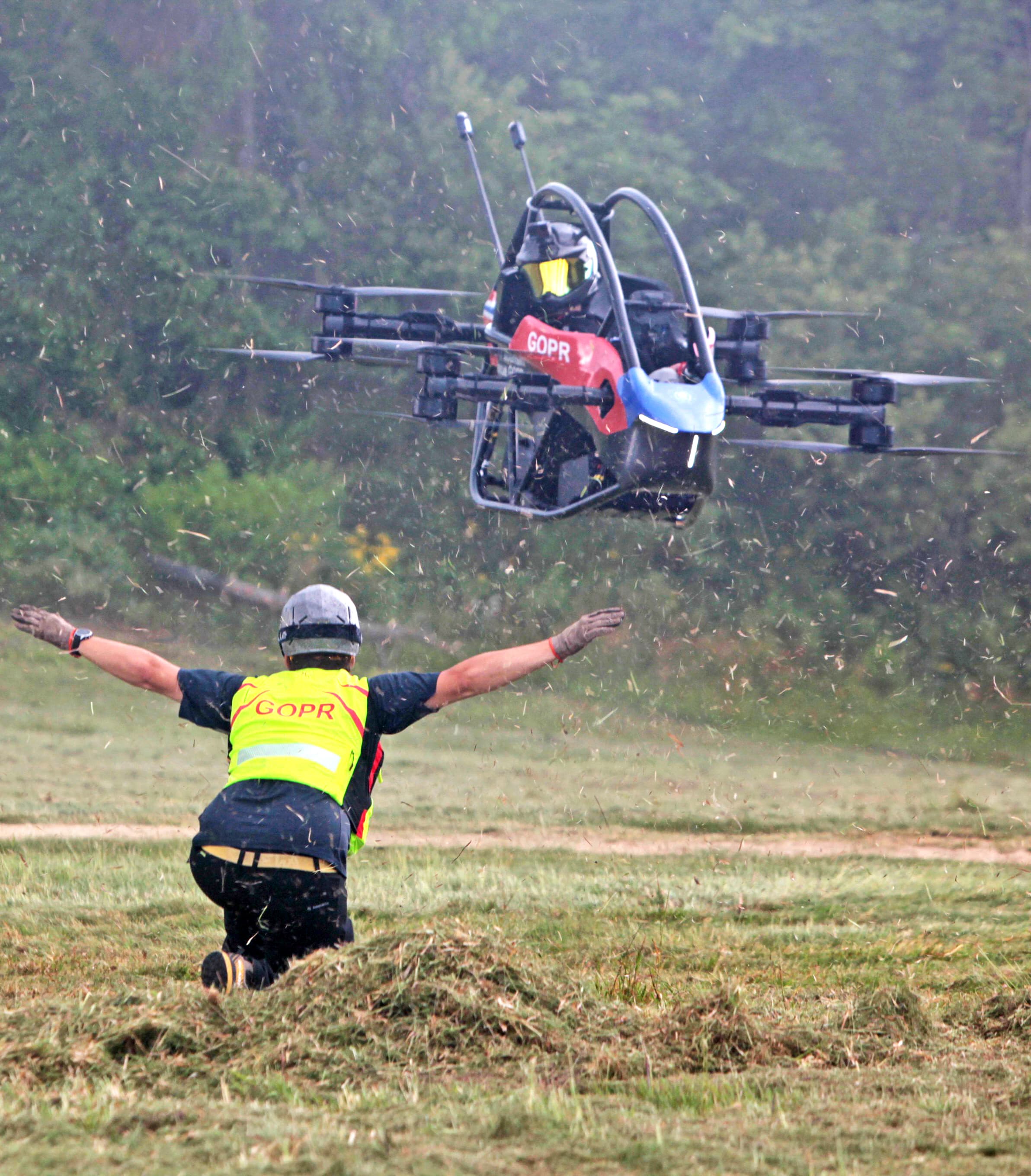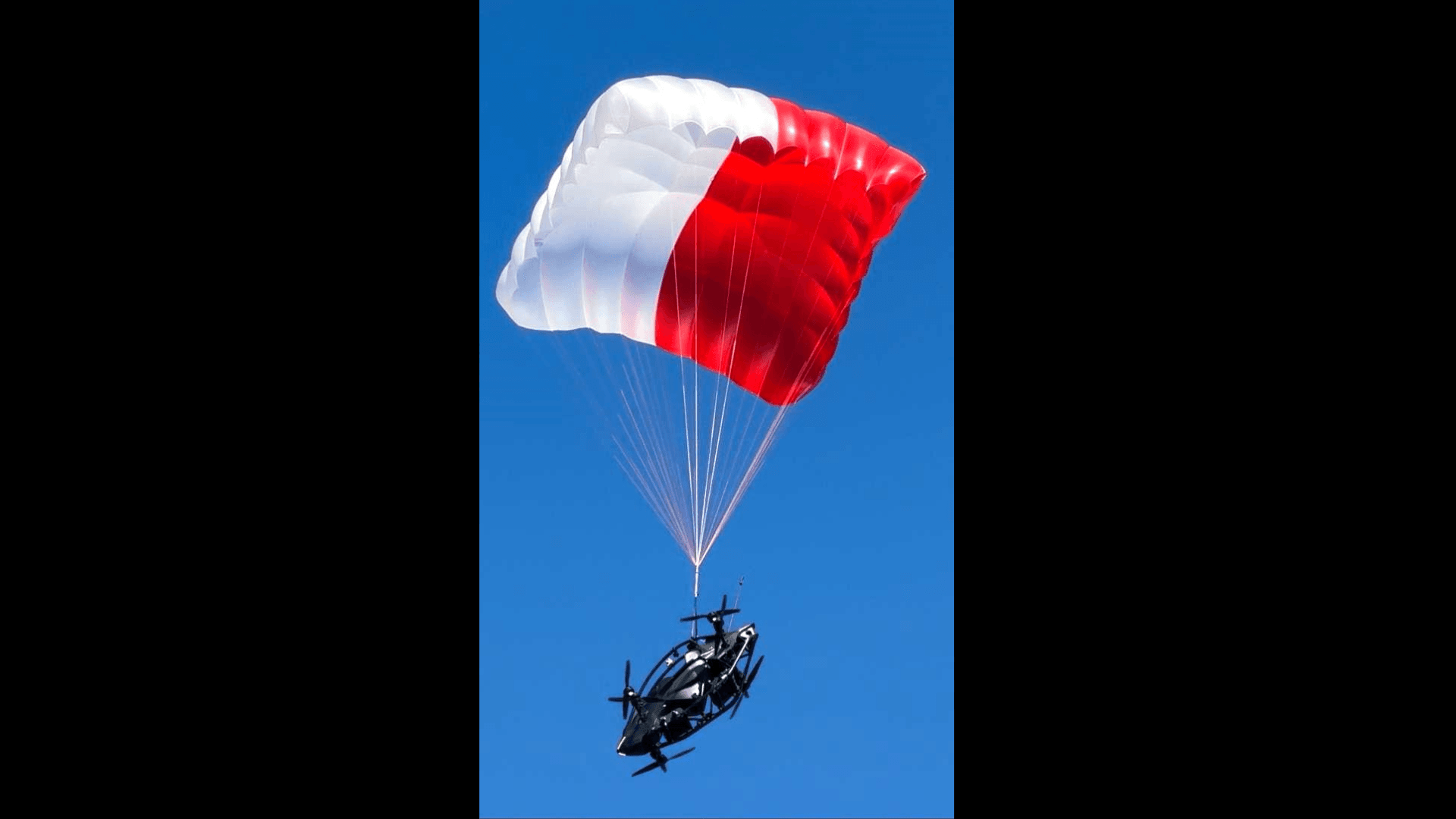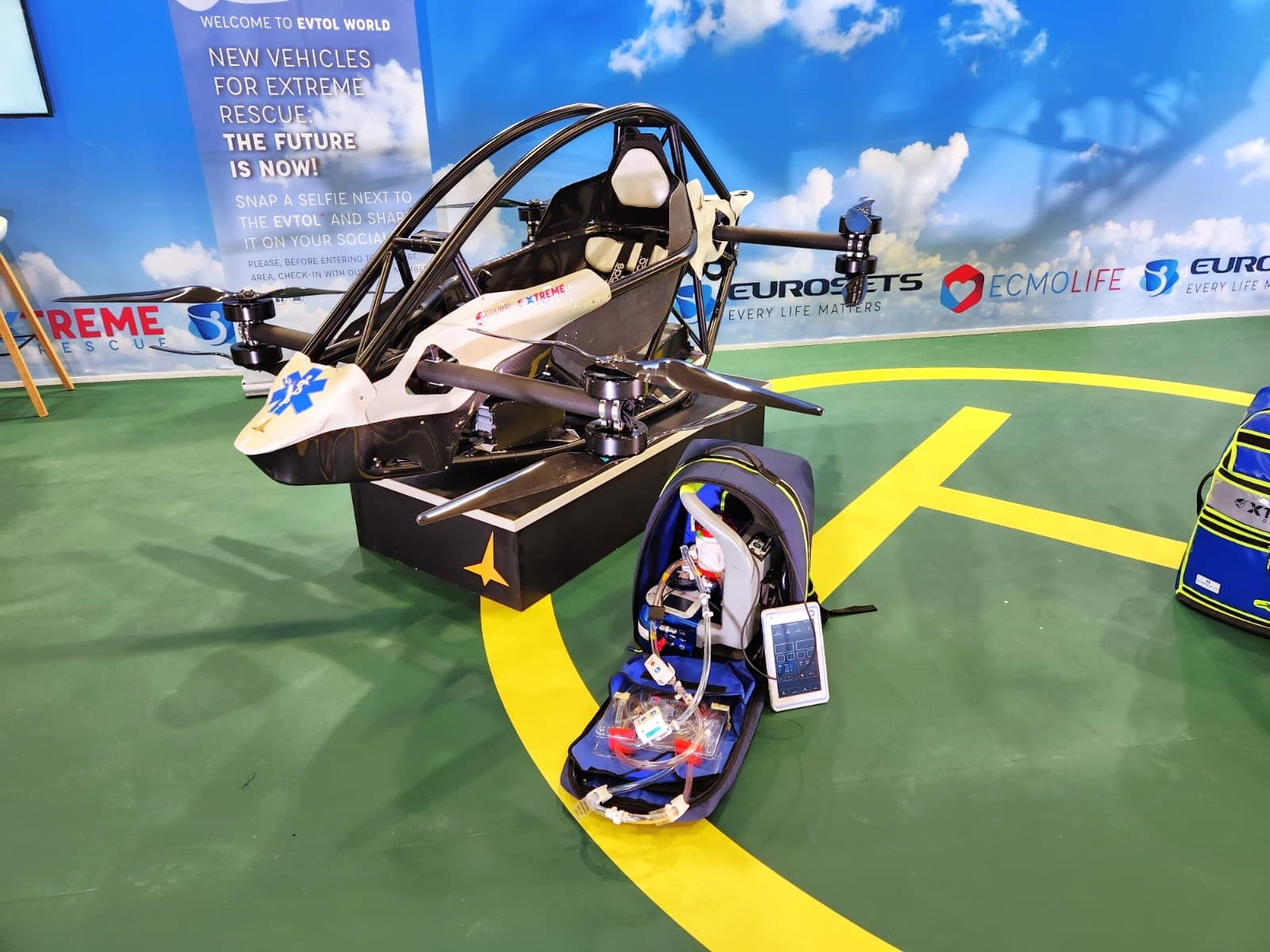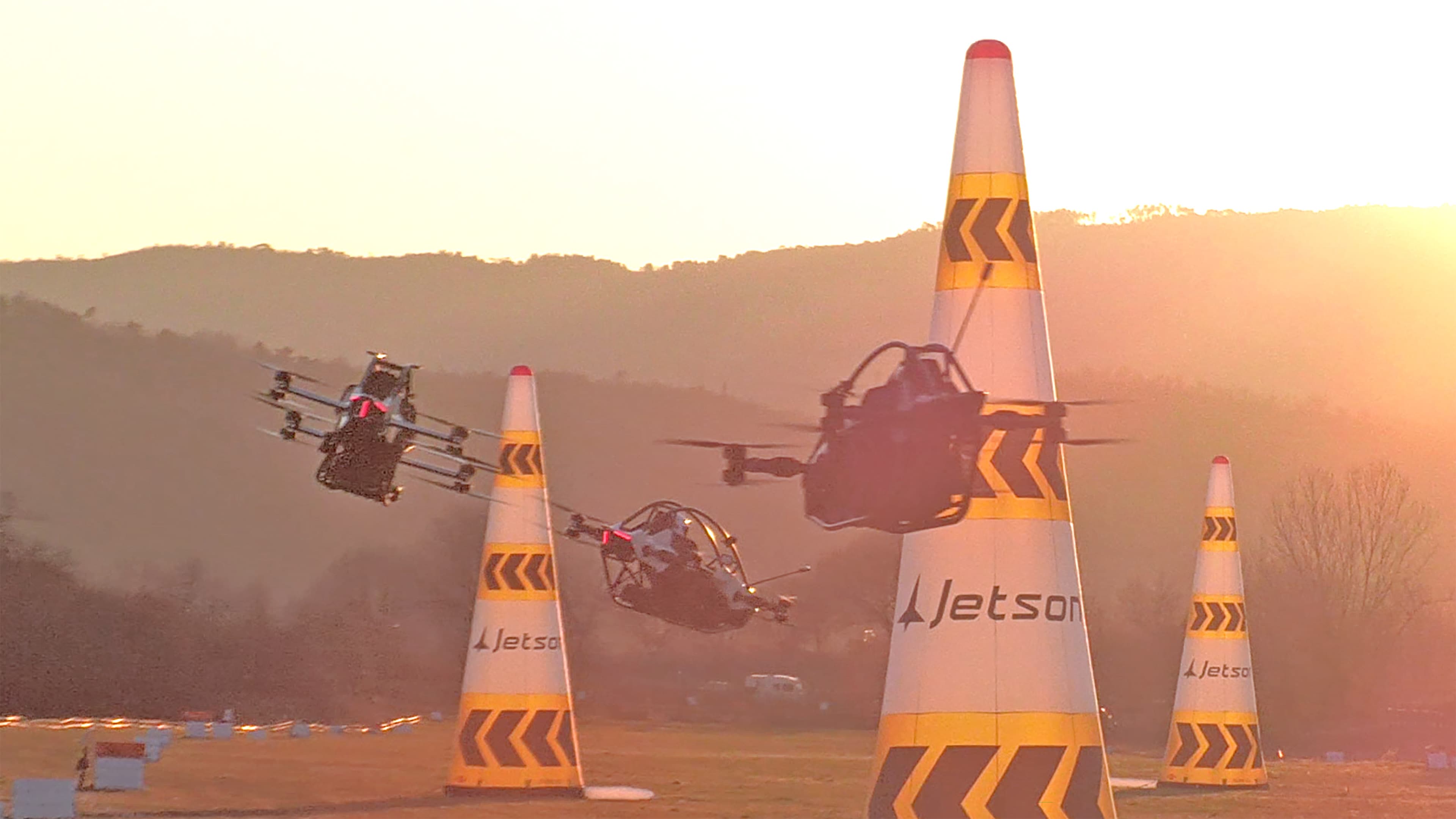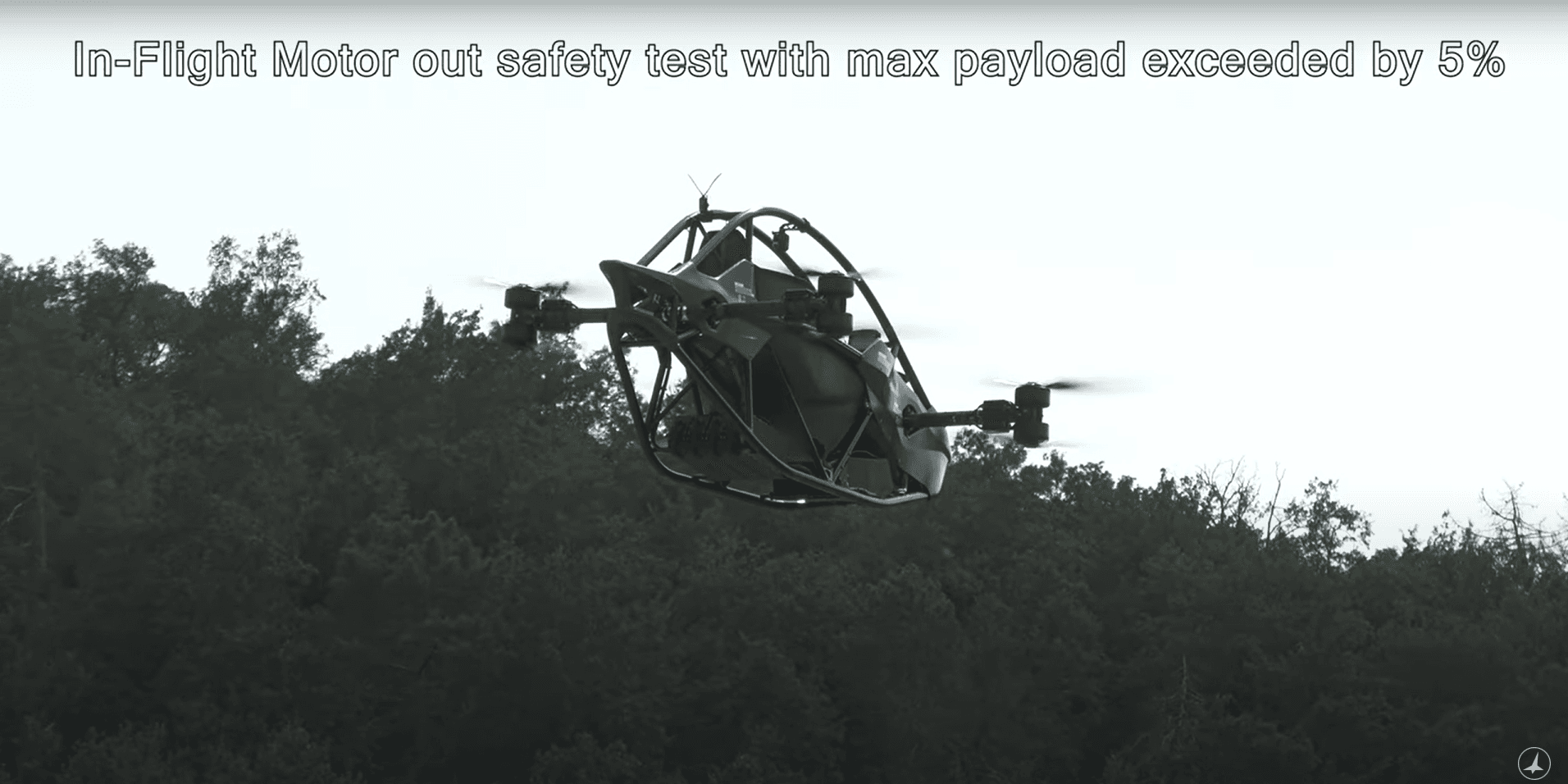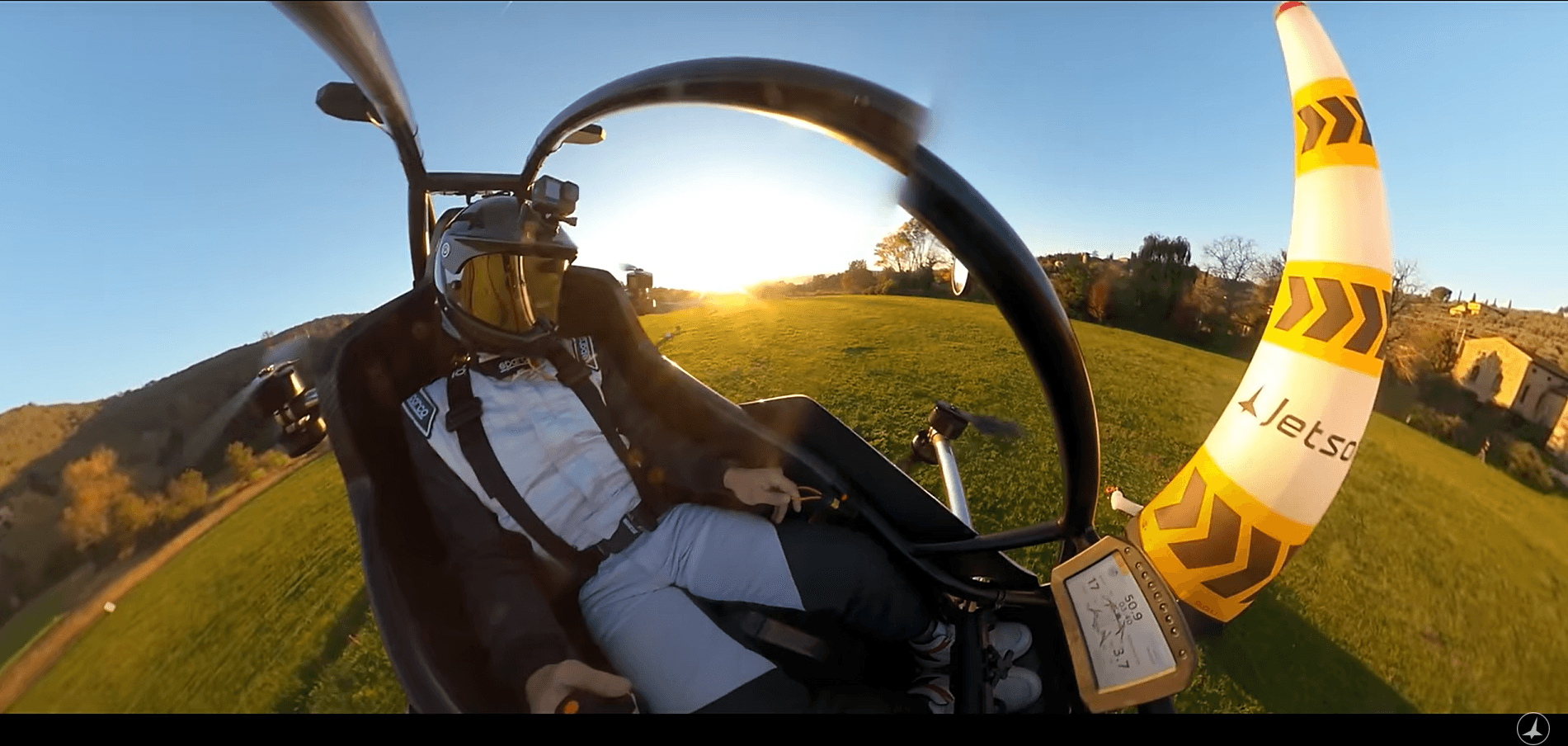Designed with Safety in Mind: What Happens When a Motor Stops Working?
Jetson
·2024-12-05
Among the most frequently asked questions we receive is: What happens if a motor fails mid-flight? The answer is reassuring: the Jetson ONE is designed with built-in redundancy systems to ensure both performance and pilot safety, even under challenging circumstances.
Redundancy is a critical principle in aviation design, providing backup systems to ensure safe operation even in the face of component failure. For the Jetson ONE, this means incorporating eight independent motors and a sophisticated control system that adapts to unexpected changes mid-flight.
The One-Motor-Out Test
CLICK HERE FOR VIDEO: Jetson ONE - Flying Car Safety Testing Motor Failure
To demonstrate the reliability of this system, our team conducted a one-motor-out test. Here’s the setup:
The front top motor was powered down while maintaining a nearly perfect hover.
The moment a motor fails, the Jetson ONE’s onboard systems activate a series of protocols:
Automatic Power Redistribution: The remaining seven motors adjust their output to compensate for the loss, ensuring the vehicle remains stable and controllable.
Pilot Alerts: Warnings are immediately displayed to inform the pilot of the issue.
During the test, the top right motor was visibly inactive, with its minimal movement caused only by the downwash suction from the lower propeller. Despite the asymmetrical setup, the unit maintains steady flight, demonstrating how the system manages unexpected events.
The Jetson ONE is designed with safety as a priority. Its structure and control systems help support the pilot in real-world scenarios, even in challenging conditions. This test is part of an ongoing effort to refine and validate its performance.
For more updates on testing and development, follow us on our social channels.
CLICK HERE FOR VIDEO: Jetson ONE - Flying Car Safety Testing Motor Failure
Be the first to know
Sign up for our newsletter
